Twenty years ago, the Woodhull study found just 4% of quotations in newspaper healthcare stories were attributed to nurses. Nurse sources were a mere 1% of quotes in healthcare stories in weeklies and even healthcare trade publications.
The Woodhull Study Revisited, which replicated the original research published in 1998, found nurse representation in print media healthcare coverage hasn't improved with time.
"We found that nurses accounted for only 2% of quotes in healthcare articles in newspapers and similar to [the original study], 1% in weekly news magazines and healthcare industry publications," said Laura Nixon, MPH, a senior media researcher at Berkeley Media Studies Group, who presented the Woodhull Study Revisited phase 1 findings May 8, 2018, during a press conference at the National Press Club in Washington, D.C.
[caption id="attachment_52541" align="alignleft" width="150"]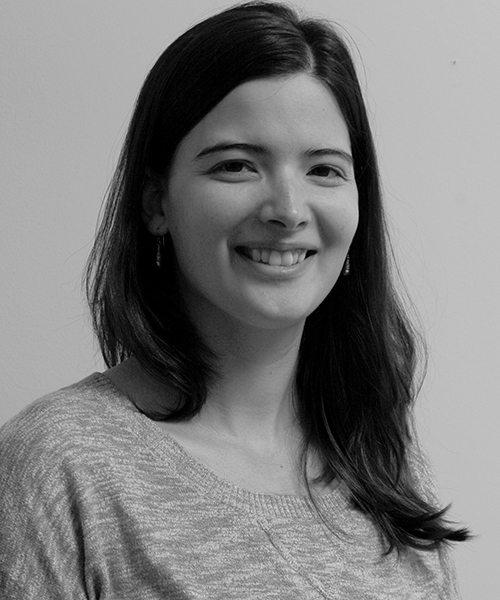 Laura Nixon[/caption] Nixon said that, when quoted, nurses "... tended to only be quoted talking about the nursing profession -- not about any of the other healthcare issues where their expertise and experience might have a bearing." Nixon and colleagues increased their search for nurse mentions in the media by not just looking at when nurses were quoted but also when nurses or nursing was mentioned in healthcare news stories. The percentage was a little higher in that case, at 13% of healthcare articles.
Laura Nixon[/caption] Nixon said that, when quoted, nurses "... tended to only be quoted talking about the nursing profession -- not about any of the other healthcare issues where their expertise and experience might have a bearing." Nixon and colleagues increased their search for nurse mentions in the media by not just looking at when nurses were quoted but also when nurses or nursing was mentioned in healthcare news stories. The percentage was a little higher in that case, at 13% of healthcare articles.
"One place where nurses were conspicuously absent -- where they were neither mentioned nor quoted -- was in news about healthcare policy," Nixon said.
Women, including non-nurses, are better represented in health news stories, but still not to the degree of men. Researchers in the original study found women accounted for 25% of quotes in healthcare news stories. Two decades later, 34% of quotes in healthcare news stories were attributed to women in general.
What message is the media sending?
What does this mean for a profession that is the largest group of health professionals in the U.S., numbering at least 3.5 million? [caption id="attachment_52542" align="alignright" width="150"]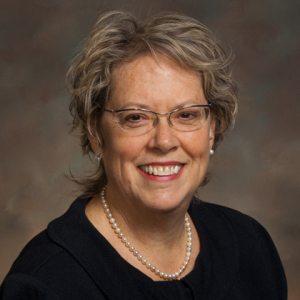 Diana J. Mason, RN[/caption] The message to nurses is they remain invisible in health news media, according to Diana J. Mason, PhD, RN, FAAN, principal investigator of the Woodhull Study Revisited and senior policy service professor, George Washington University School of Nursing. This is despite the progress the profession has made in the past 20 years and since the Future of Nursing report, she said during the press conference.
Diana J. Mason, RN[/caption] The message to nurses is they remain invisible in health news media, according to Diana J. Mason, PhD, RN, FAAN, principal investigator of the Woodhull Study Revisited and senior policy service professor, George Washington University School of Nursing. This is despite the progress the profession has made in the past 20 years and since the Future of Nursing report, she said during the press conference.
"That report underscores the importance of nurses' voices being at all decision-making tables related to health and healthcare, but that aim is undermined if we are not visible as experts in the media," Mason said. "The other reason is that nurses have important perspectives on health and healthcare that are often unique, so journalists may be missing the best part of a story if they don't talk with nurses."
The journalists' perspective
Although phase 1 of the 2018 Woodhull Study Revisited replicated the original work, phase 2 looked at journalists' experiences using nurses as sources for their stories and phase 3 analyzed tweets at the top 50 schools of nursing. Phase 2 findings reflect health news journalists' responses during interviews. Among other things, the interviews revealed journalists felt nurse sources offered important perspectives and enriched reporting. "However, journalists don't fully understand the range of nurses' roles, work and education," Mason said. "Journalists may value diverse sources, but they often don't know how to find nurses to interview and they don't have time to track them down these days." Another problem -- communication staff of healthcare organizations, including hospitals and academic medical centers, don't offer nurses as sources unless journalists specifically ask for nurses. Even then, the journalist might not get a nurse, Mason said. "And the editorial biases and editorial styles play a major role, but also things like the reporter having to justify using a nurse in a story as a source to her editor when they almost never have to justify using a physician," Mason said. "This is really important for those of us in the profession. Nurses, our associations and organizations aren't strategic about engaging journalists. Neither are our nursing journals. We were told they never receive press releases from nursing journals. They do from medical journals." There are solutions that could help bring nurses to the forefront as media sources, according to Mason.
"The chief nursing officer needs to identify her most expert nurses, get them media training and pitch them to the PR [public relations] staff," she said.
"When I was the director of education and research for a hospital in NYC, I met with the PR director and he began to use nurses for the hospital's community forums and for media opportunities," Mason continued. "He quickly saw that nurses know how to communicate with the public and have expertise that physicians do not have." [caption id="attachment_52534" align="aligncenter" width="600"]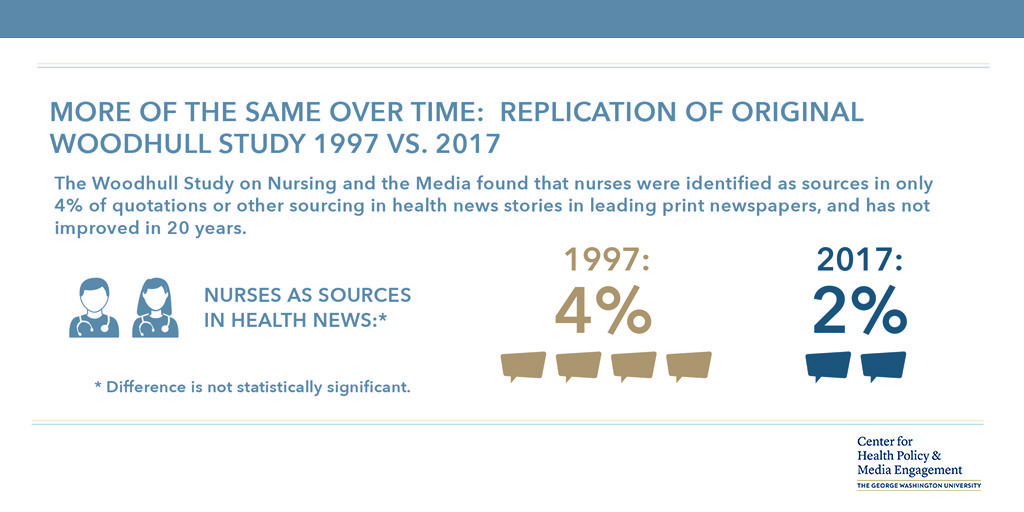 Courtesy of George Washington University School of Nursing[/caption] [caption id="attachment_52540" align="alignleft" width="150"]
Courtesy of George Washington University School of Nursing[/caption] [caption id="attachment_52540" align="alignleft" width="150"]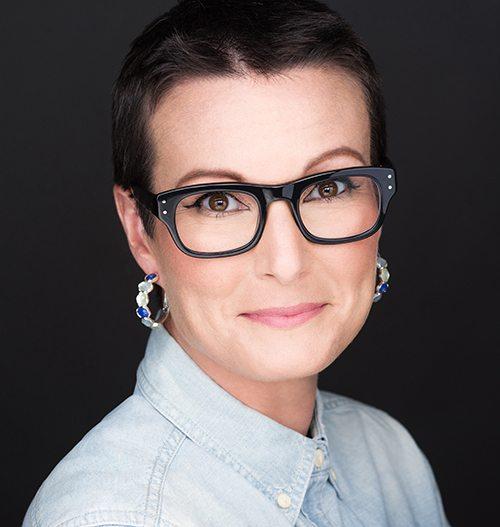 Kimberly D. Acquaviva[/caption] Phase 3 found while most top nursing schools had active Twitter accounts, most of the social media banter was inward facing, meaning it was speaking to the community of nurses, rather than to consumers or the media, according to Kimberly D. Acquaviva, PhD, MSW, CSE, a tenured professor at the George Washington University School of Nursing and presenter at the press conference on the study's findings. A common inward facing hashtag was #gonursing. Only 20% of hashtags studied were outward facing, including #pain or #opioid, for example.
Kimberly D. Acquaviva[/caption] Phase 3 found while most top nursing schools had active Twitter accounts, most of the social media banter was inward facing, meaning it was speaking to the community of nurses, rather than to consumers or the media, according to Kimberly D. Acquaviva, PhD, MSW, CSE, a tenured professor at the George Washington University School of Nursing and presenter at the press conference on the study's findings. A common inward facing hashtag was #gonursing. Only 20% of hashtags studied were outward facing, including #pain or #opioid, for example.
"Schools of nursing are using Twitter almost like an intranet, to talk to each other and not to talk to other people," Acquaviva said during the press conference.
Fixes are far reaching
[caption id="attachment_52543" align="alignright" width="150"]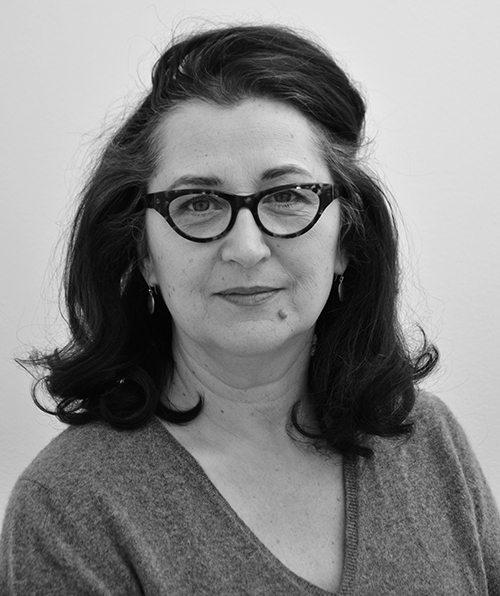 Barbara Glickstein, RN[/caption] Improving health reporting is dependent upon addressing the barriers to using nurses as sources, said Barbara Glickstein, MPH, MS, RN, co-investigator of the Woodhull Study Revisited and director of communications and media projects for the Center for Health Policy and Media Engagement at George Washington University School of Nursing, during the press conference. "Doing so requires actions by newsrooms, journalists, communications PR staff and healthcare organizations and universities, and nursing organizations," Glickstein said. The researchers hope journalists will increasingly recognize the importance of using nurses as sources to improve their health reporting, according to Mason. "First, nurses must step up for media opportunities. This is not the time to be silent," Mason said. "Second, they should develop media competencies, so they feel more comfortable stepping up for these opportunities." But there are limitations to the study, according to Mason. One is nurses are likely represented more in news stories about health, but they are often not identified as nurses or by their credentials. The other is this study did not include online publications, which Mason believes would be an interesting update. More detailed analyses of the Woodhull Study Revisited will be available in peer-reviewed papers in the coming months, and they will be posted on the George Washington School of Nursing website.
Barbara Glickstein, RN[/caption] Improving health reporting is dependent upon addressing the barriers to using nurses as sources, said Barbara Glickstein, MPH, MS, RN, co-investigator of the Woodhull Study Revisited and director of communications and media projects for the Center for Health Policy and Media Engagement at George Washington University School of Nursing, during the press conference. "Doing so requires actions by newsrooms, journalists, communications PR staff and healthcare organizations and universities, and nursing organizations," Glickstein said. The researchers hope journalists will increasingly recognize the importance of using nurses as sources to improve their health reporting, according to Mason. "First, nurses must step up for media opportunities. This is not the time to be silent," Mason said. "Second, they should develop media competencies, so they feel more comfortable stepping up for these opportunities." But there are limitations to the study, according to Mason. One is nurses are likely represented more in news stories about health, but they are often not identified as nurses or by their credentials. The other is this study did not include online publications, which Mason believes would be an interesting update. More detailed analyses of the Woodhull Study Revisited will be available in peer-reviewed papers in the coming months, and they will be posted on the George Washington School of Nursing website.
Courses related to 'building leadership skills and expanding roles'
WEB330: Increasing Your Nursing Influence through Leadership: Boards! (1 contact hr) Nurses are influential and trusted. As a profession, nursing has been rated as one of the most honest and ethical for well over a decade. With the trust that nurses have merited from the public, what is a significant way for nurses to impact public and community health? Active involvement on boards! One of the goals of the significant The Future of Nursing: Leading Change, Advancing Health report was that nurses practice to the best of their capacity including pursuing leadership positions to improve healthcare in America. Nurses are key leaders that should be at the forefront of decision-making to improve the health of communities. Learn key info about why and how joining a board, commission, or coalition can help you influence public health with the skills you already hold! The Nurses on Boards Coalition has a goal: 10,000 nurses as members of various boards by 2020. WEB290: Transforming Practice: Taking the Leap to APRN (1 contact hr) As healthcare continues to evolve and advance practice nurses enhance their vital role, many nurses are contemplating advancing their careers and practice as well. However, its not always an easy decision. Program choice, cost, schedules, specialty...how do nurses make this decision? This webinar will discuss the importance of the APRN and how nurses can make the important decision to transform their practice into this role.






